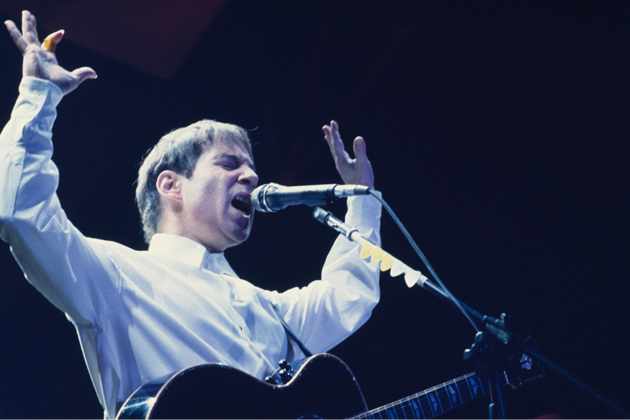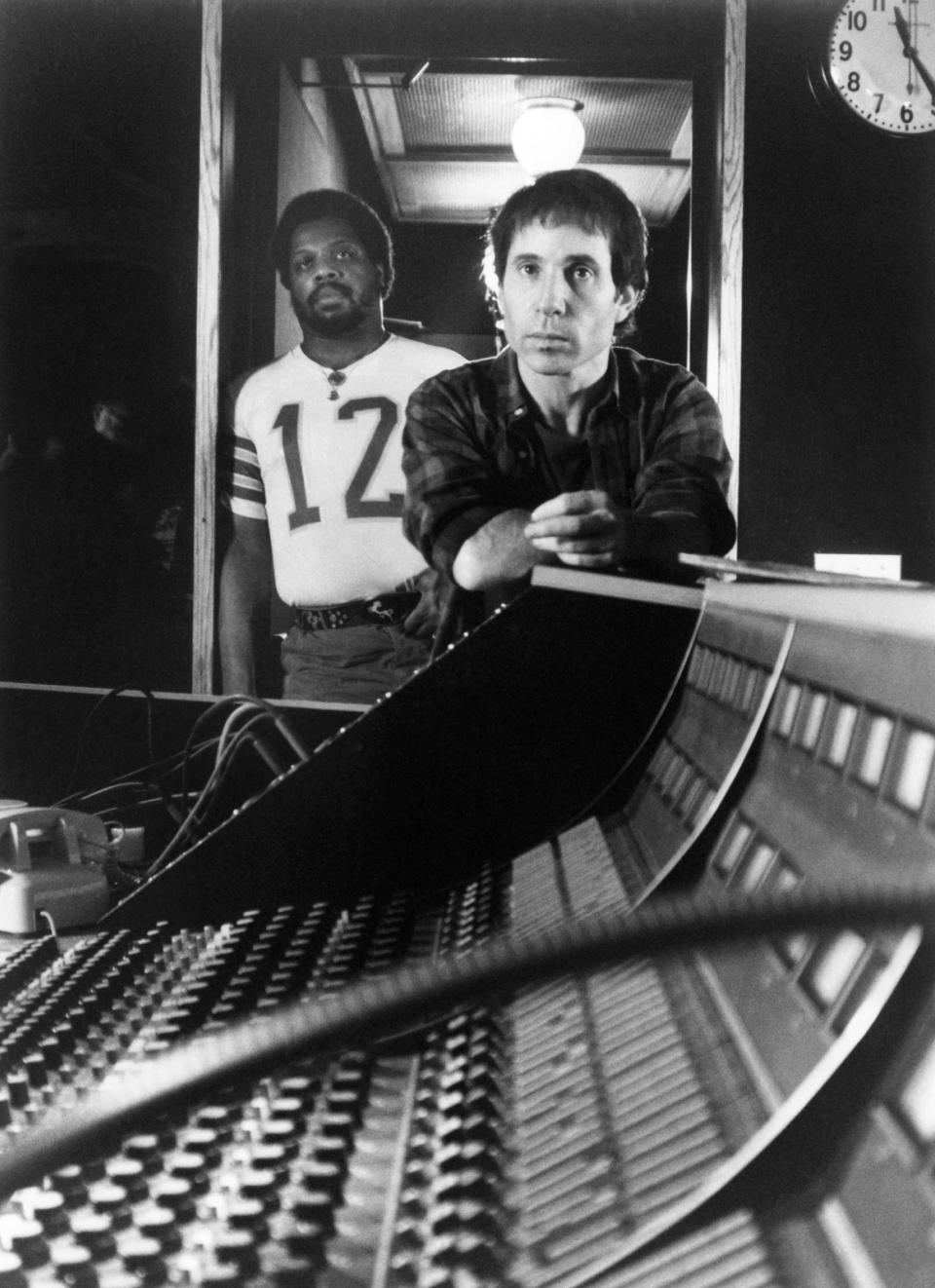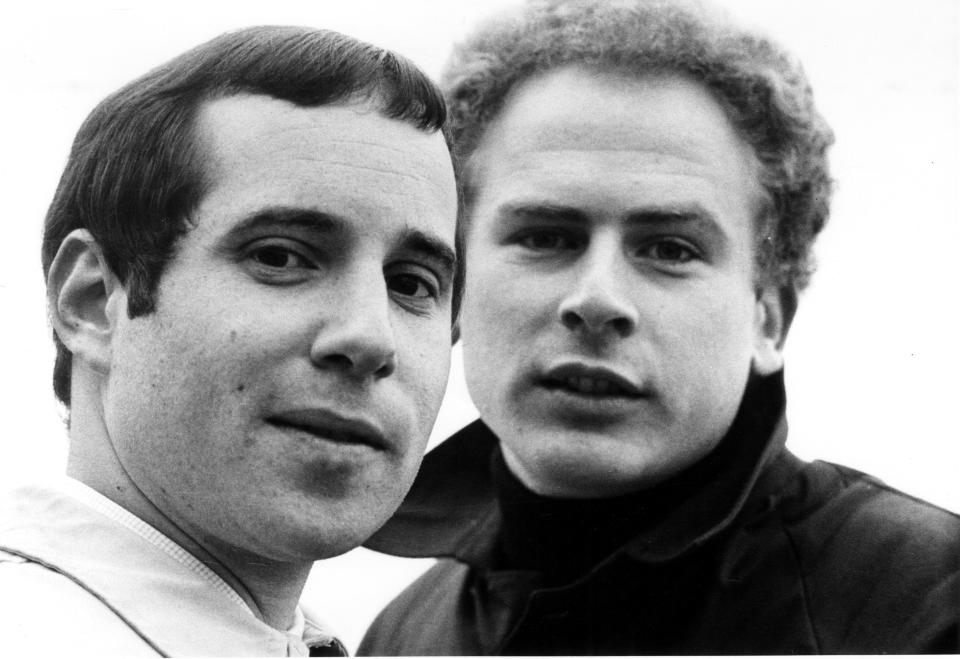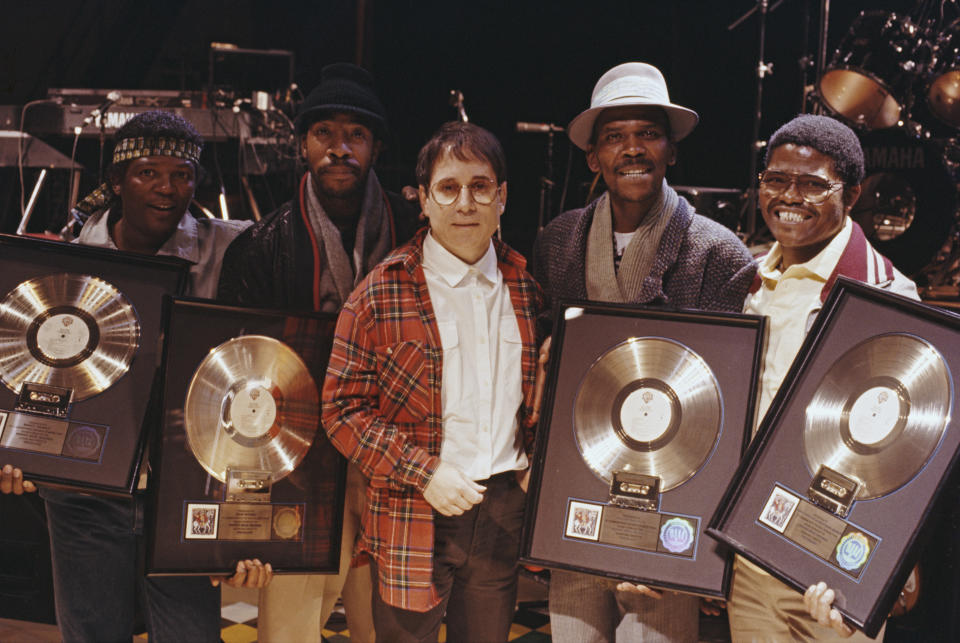‘In Restless Dreams’ Director Alex Gibney On Paul Simon’s Extraordinary Music: “It Gets In Your Lungs And Suddenly You’re Breathing It”

Wind gusts quivered the tree limbs, rainfall ricocheted off the roads, and in an instant, power cut off at the old Opera House on Elm Street in Camden, Maine, scuttling screenings there at the Camden International Film Festival.
With that mid-September atmospheric outburst, Hurricane Lee did in the scheduled U.S. premiere of Alex Gibney’s new film In Restless Dreams: The Music of Paul Simon. Now, the honor of hosting the American debut goes to the Hamptons International Film Festival this Friday, where the documentary screens as the festival Centerpiece (Simon will appear in person there for a conversation moderated by Rolling Stone’s David Fear). On Sunday, the film plays across the pond at the BFI London Film Festival.
More from Deadline

During what was supposed to be Gibney’s Camden premiere, I stopped by the hotel where the filmmaker was staying to talk about his exploration of one of America’s greatest singer-songwriters. A documentary about Paul Simon may sound like a thematic departure for him – after all, Gibney has become renowned for his cinematic exposés: On the Bush administration’s torture policies (the Oscar-winning Taxi to the Dark Side), the Church of Scientology (Going Clear), and Theranos founder Elizabeth Holmes (The Inventor: Out for Blood in Silicon Valley), among many others. But he reminds me, “This would be the fifth film, really, I’ve done about music… I did a film about James Brown, did a film about Fela Kuti, and did a film about Frank Sinatra. So, I’ve kind of been invested in that.”
He adds, “My wife will tell you that I’m not much of a singer, but maybe for that reason I’ve always been really interested in the music-making process.”

For a filmmaker intrigued by that process, he couldn’t have hoped for a better subject than Simon, whose body of work encompasses an incredible list of classics: “Bridge Over Troubled Waters,” “The Sound of Silence,” “Mrs. Robinson,” “The Boxer,” “Mother and Child Reunion,” “Kodachrome,” “Graceland,” and “Diamonds on the Souls of Her Shoes,” to name only a few.
“I’ve gotten comments from people who’ve watched the film who are like, ‘Whoa, I didn’t realize he wrote all those songs,’” Gibney shares. “Now, particularly younger folks are like, you hear it all around you, you recognize the songs and then you don’t think, oh, there’s another Paul Simon song.”

The film charts a career in music that began when Simon was in his teens, the long association with Art Garfunkel — Simon’s childhood friend and neighbor growing up in New York — their breakthrough with “The Sound of Silence” (which became a hit after producer Tom Wilson reworked the original recording with electric guitar and drums), and Simon’s stunning solo work. But it’s very much a present-tense film, constructed around the recording of the artist’s new album, Seven Psalms.
“[Paul] had reached out to me, he had seen the Sinatra film and wondered if I might be interested in doing a film about his overall career. And of course, I was interested in that,” Gibney recalls. “But the gift was when he called me up and said, ‘I’m making this new album. Would you like to come watch me make it?’ And that was a gift because it was him in the present working on something. I could see him working on it. And also because it’s a meditation on belief and life and death, it seemed appropriate to move back and forth in time to earlier moments in his career.”

Gibney headed down to Simon’s hacienda outside Austin, Texas, where he recorded the album (mostly in an “Old West”-type structure with a sign hanging out front that reads “Sheriff”). In the film, there are intermittent appearances by Simon’s wife, the singer-songwriter Edie Brickell; his friend, the jazz great Wynton Marsalis, and a choral group from Europe. Often, it shows him experimenting with sound, trying to come up with as near an approximation as possible to what he hears in his head.
“He’s really into shaping sound,” Gibney explains, “and also really into just what is the right sound, how does it move and shape around the rest of the music?”
In Restless Dreams shows Simon, who turns 82 next week, coping with the sudden loss of hearing in one ear, a potentially devastating development “that was so difficult for him because he’s very much invested in the space of sound. And so where do you place the voice? Where do you place the other instruments? How do you hear them? And that becomes harder to do when you’re not hearing in stereo.”
In the documentary, Simon tells the filmmaker he fell into a depression after suffering the hearing loss, but rebounded after concluding that perhaps he was meant to struggle through such a difficult time.
“Maybe that’s what this album is about,” Gibney characterizes Simon as thinking, “to lean into the idea that the experience of what he’s going through is part of what needs to be expressed on the album.”

At 209 minutes, In Restless Dreams offers audiences a deep sonic dive into Simon’s music – the new work and what came earlier: The thrilling Brazilian percussion of “Obvious Child,” the thrumming rhythm of “Graceland” and its graceful lyrics “…The Mississippi Delta was shining like a National Guitar…,” the thunderous boom of “The Boxer” (drums recorded in an elevator shaft), the emotional catharsis of “Bridge Over Troubled Waters” (in versions recorded by Simon & Garfunkel and Aretha Franklin).
“It does soar and it really gets inside you,” Gibney says of Simon’s music. “It’s like it gets in your lungs and suddenly you’re breathing it.”
In Restless Dreams: The Music of Paul Simon held its world premiere at the Toronto International Film Festival in September. Gibney is weighing various distribution options.
“We’re talking to a bunch of people now, and it’s exciting, the response,” he tells Deadline. “Interestingly, one of the areas of very positive response is theatrical, which I think came out of how audiences received it at Toronto.”
Gibney adds, “It’s a nervous making moment for a director to drop a three-and-a-half-hour film in front of a live audience for the first time, but they received it well… It appears that there’s a lot of enthusiasm for the film, as we had hoped, but you never know. But yeah, there’s a lot of enthusiasm.”
Best of Deadline
TV Cancellations Photo Gallery: Series Ending In 2023 & Beyond
2023 Premiere Dates For New & Returning Series On Broadcast, Cable & Streaming
Sign up for Deadline's Newsletter. For the latest news, follow us on Facebook, Twitter, and Instagram.
